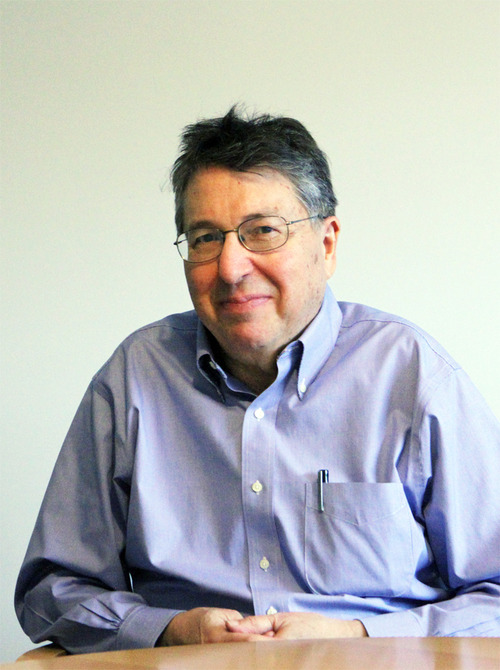
An Interview with Writer Lewis Hyde
Born in Boston to a physicist father and a mother with a Master’s in psychology, Lewis Hyde grew up in a house where “science was the thing you did.” By the time he left the University of Minnesota in 1967, though, he had decided to be a poet. Since he saw that a good year as a poet meant “about $25,” he worked building grain bins in the Midwest, at a factory that produced mobile homes, and—in the job that left the most influence on his writing—as a counselor at a facility in Cambridge, Massachusetts, that treated recovering alcoholics.
Struggling with the puzzle of how to make a living, and also wondering what compelled him to continue working at a trade that paid so little, Hyde traveled in the mid-1970s to CIDOC, a study center in Cuernavaca, Mexico, run by the priest and social thinker Ivan Illich. “Seeds sprout when they fall on fertile ground,” Hyde says—and when someone led him to an essay by Marcel Mauss on indigenous gift communities, he began to see how the metaphoric language of gift-exchange could be “evocative of any creative process.”
The resulting book, published in 1983, was The Gift. Using folktales, the practices of gift-based tribes like the Kwakiutl of the American Pacific coast, and the work of writers like Walt Whitman and Ezra Pound, Hyde explores how “a circulation of gifts nourishes those parts of our spirit that are not entirely personal, parts that derive from nature, the group, the race, or the gods.” Over the years, the book has steadily found an audience among artists, craftspeople, healers, research scientists, and others who find that their work cannot be easily packaged as commodity without damaging its spirit.
After The Gift, Hyde turned his attention to the more disruptive aspects of creative practice. Communities could be nurturing places, Hyde saw, but they also inevitably became set in their ways, with customs that had been drained of significance and no longer served to maintain societal well-being. Such cultures needed figures who would cross the boundaries and test their continued effectiveness. Hyde saw this function being served, in ancient societies, by tricksters: the mischief makers and transgressors present in most mythological traditions. Trickster Makes This World, published in 1998, presents these disruptive figures as revivifiers of cultural health. Hyde’s most recent book, Common As Air, published in 2010, explores how increasingly restrictive ideas of ownership—particularly in terms of copyright law—can cut us off from our shared scientific and artistic wealth. Using the British legal tradition of common lands and the visions of the American founding fathers, Hyde describes a more capacious and communal vision of...
You have reached your article limit
Sign up for a digital subscription and continue reading all new issues, plus our entire archives, for just $1.50/month.
Already a subscriber? Sign in




